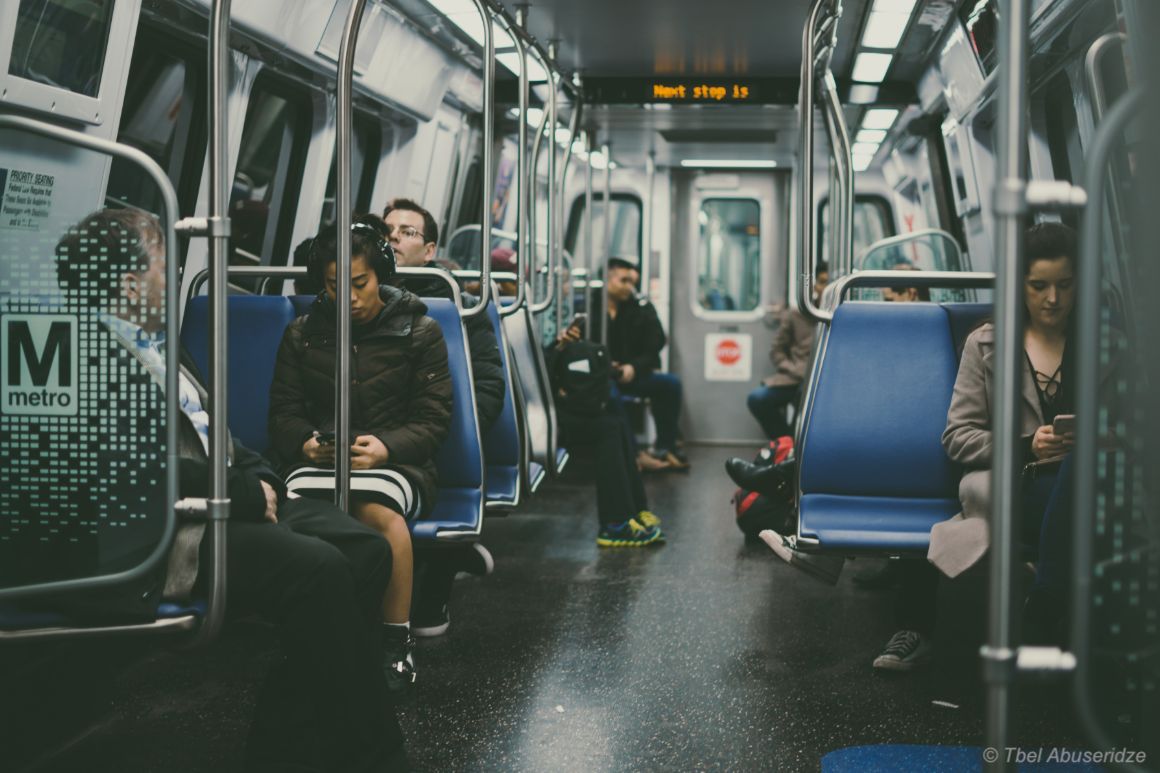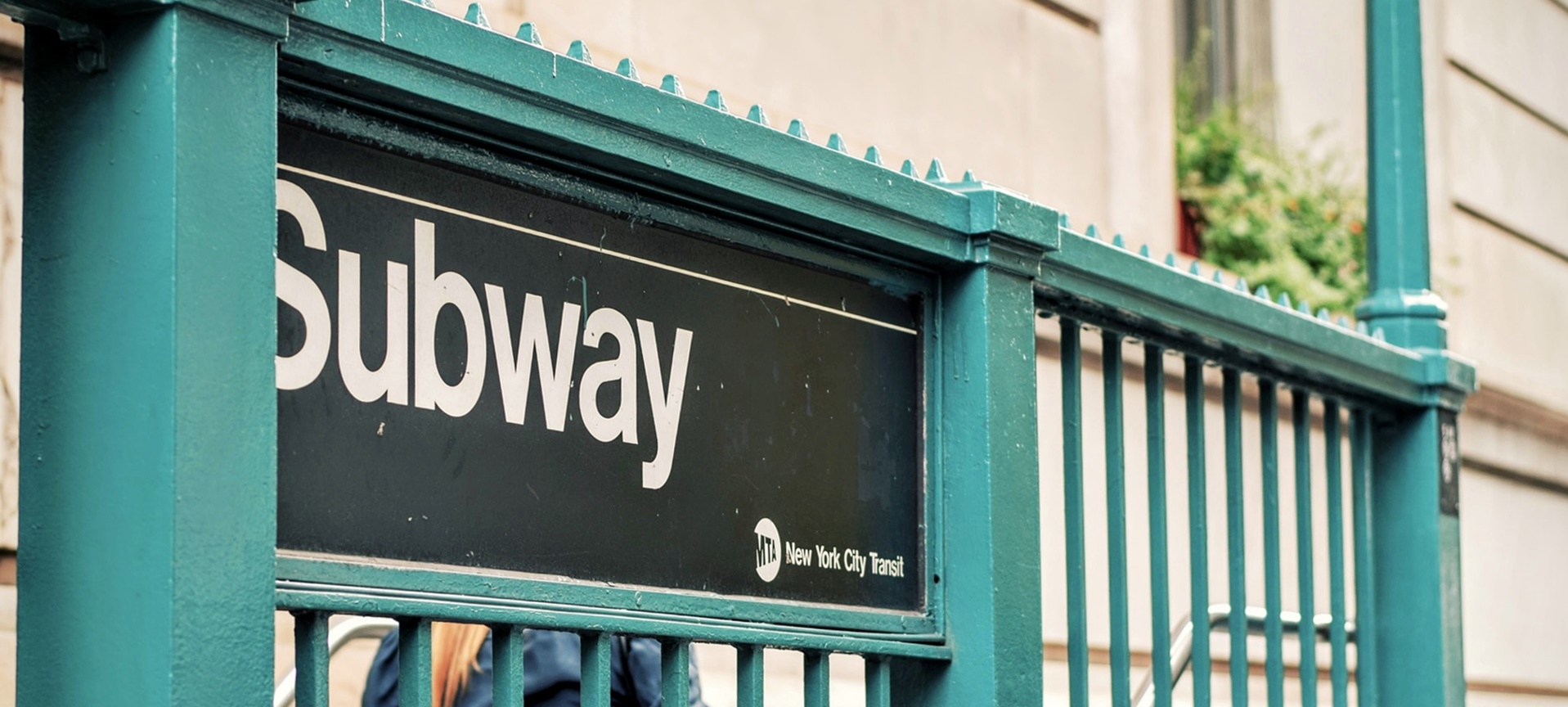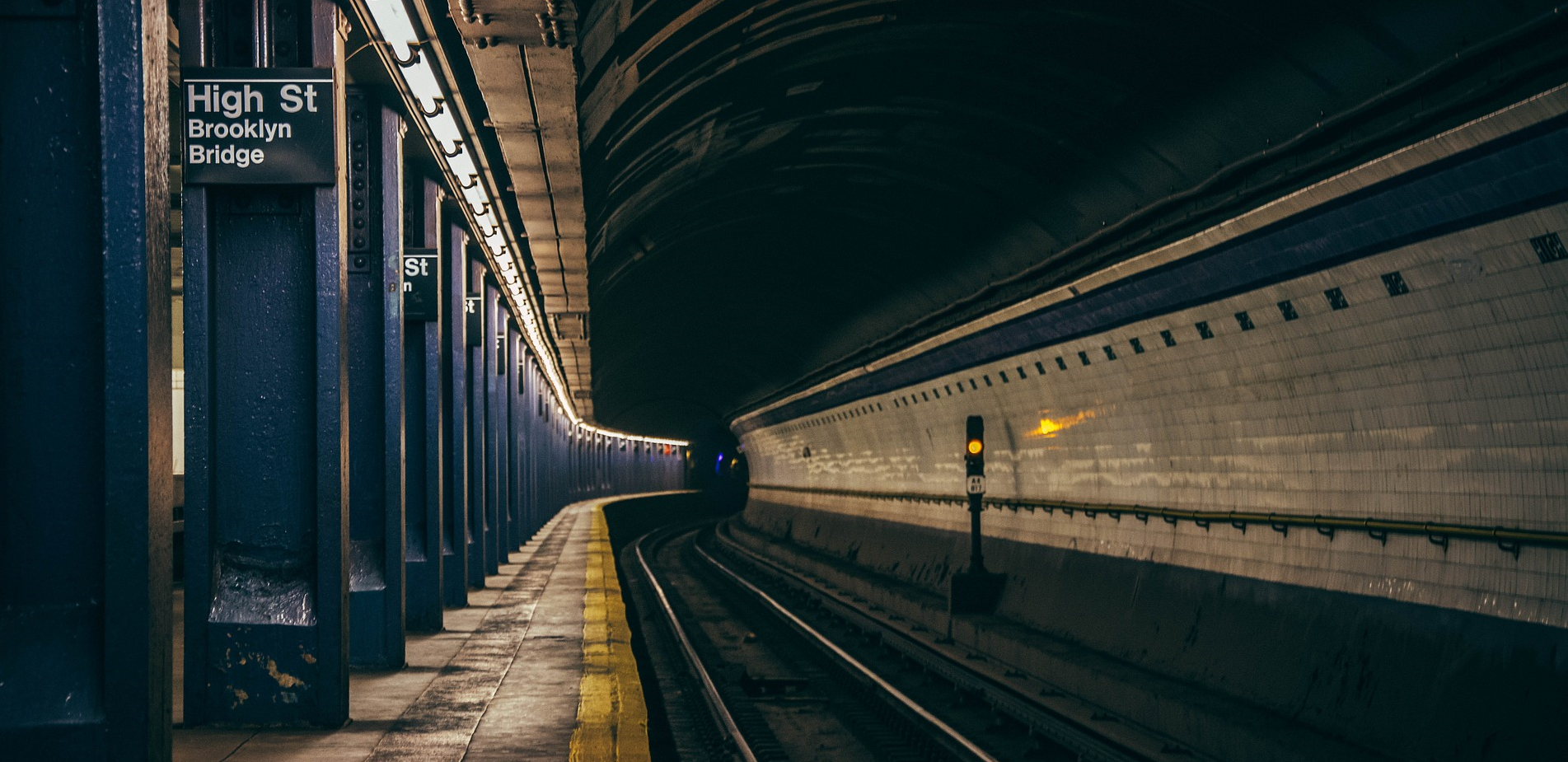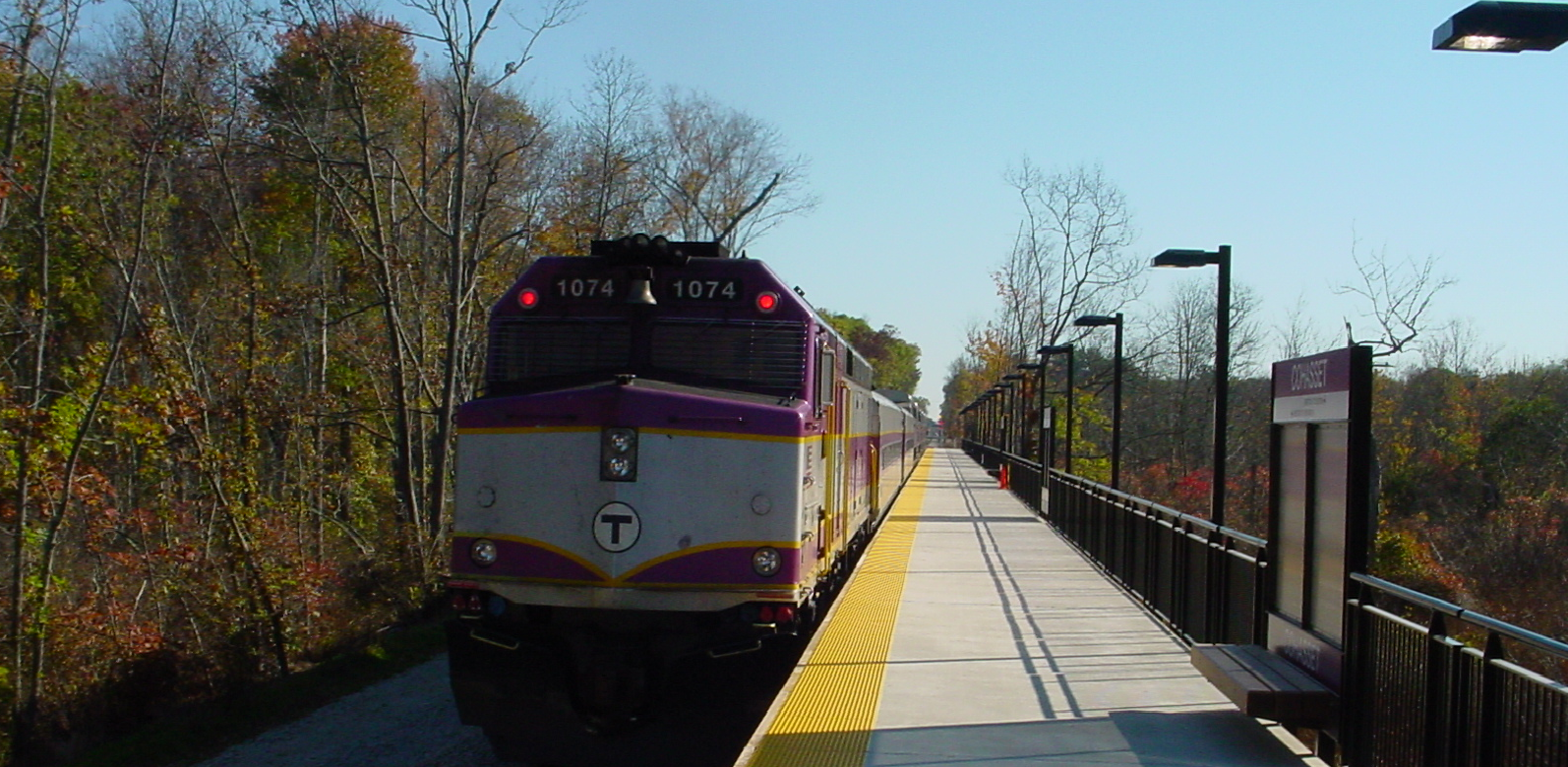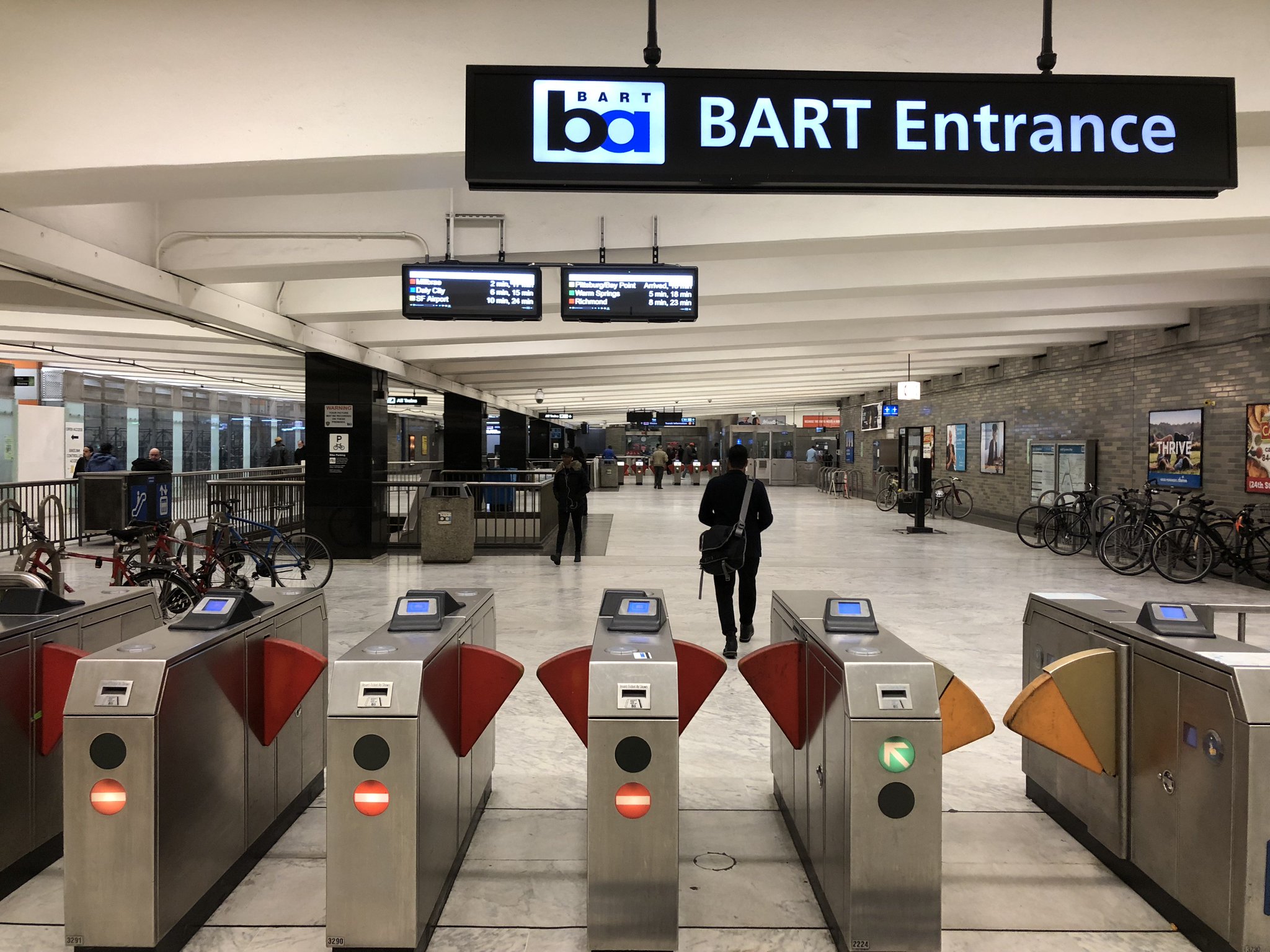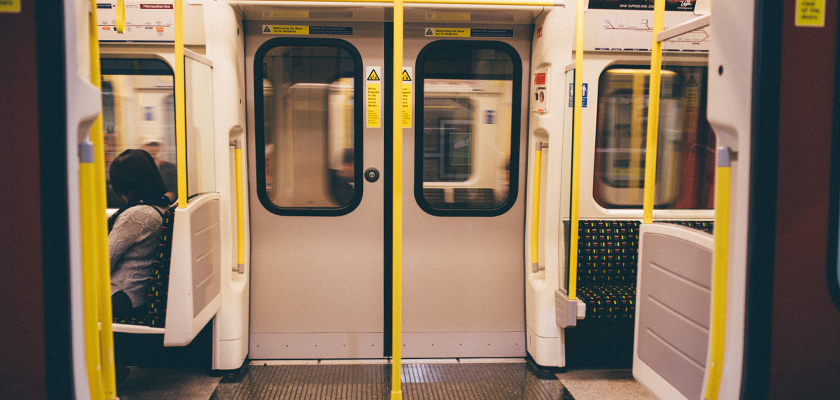Fare evasion is a global issue causing losses of billions of euros. Washington D.C. ranks third in the US for the financial impact caused by fare evasion, after Massachusetts’ Bay Transportation Authority (MBTA) and New York’s Metropolitan Transportation Authority (MTA). In 2019, fare evasion losses on buses amounted to €24.4m ($29m), and €9.2m ($11m)...
Fare evasion impact in Washington D.C.
Fare evasion prosecutions fall 96% in New York
Despite the decrease in arrests, fare evasion is still high and costed MTA $215 million in 2018
In February 2018, New York’s District Attorney Office introduced a new policy which decriminalized fare evasion by shifting from court citations to administrative fines. The objective was to “reduce inequality and unnecessary incarceration” for skipping a fare of $2.75 at Metropolitan Transport Authority (MTA). A year later, statistics show a drop of 96% fare...
MTA loses $215 million to fare evasion
Some people blame the new policy that stops the prosecuting fare dodgers, others the fall in ridership due to the system’s failures
The Metropolitan Transport Authority (MTA) in New York expects to lose $215 million to fare evasion in 2018. This is double the amount lost in 2015. The transport agency estimates fare dodgers in buses cost $119 million. People who jump the turnstiles amount to $96 million loses. According to MTA officials, paying bus ridership...
MBTA postpones fare gates deployment in commuter rail platforms
The Massachusetts Bay Transportation Authority will wait until 2021 to make it coincide with the installation of the all-electronic payment
The Massachusetts Bay Transportation Authority (MBTA) is postponing its plan to install new fare gates in commuter rail platforms. The reason is the all-electronic payment system scheduled for 2021. The transport agency believes it makes more sense to wait and deploy both systems at the same time. Fare gates were scheduled for early this...
Full height gates to discourage fare evasion
BART is considering investing $200 million to replace its waist high fare gates for a higher barrier infrastructure
After implementing a proof of payment program last March, BART continues seeking measures to tackle fare evasion. The San Francisco Bay Area’ rapid transport operator is now considering replacing its waist high doors for full height gates. The objective is to discourage people from trespassing fare gates without a valid ticket. 22,000 people skip...
From court citations to administrative fines
Many transport operators in the US are changing their penalty system when it comes to fare evasion to avoid court
Many US transport operators are shifting from criminal citations to administrative fines for fare evaders. Transit agencies are giving more power to ticket controllers, who can now issue fines to those who do not pay for their use of public transport. There is no need to go to court, thus, payments are lower and...
BART’s proof of payment program shows initial limited results
San Francisco Bay Area’s rapid transport operator cited 1,300 fare evaders in two months, but only about 100 have paid the fine
BART’s proof of payment program to crackdown fare evasion has shown unsatisfactory results for its first two months of implementation. Between March and April, the rapid transit public transportation system serving the San Francisco Bay Area (California) cited 1,300 fare evaders. However, only about 100 paid up. BART Police Chief Carlos Rojas evaluated the...
